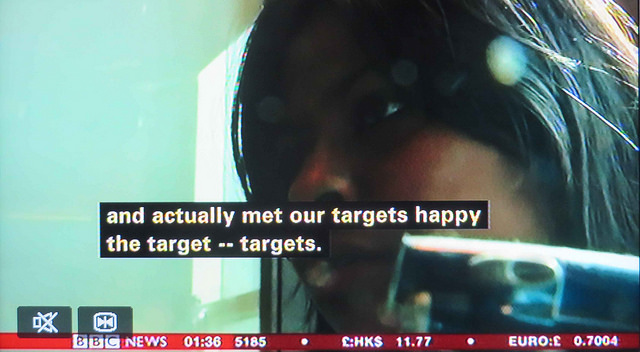by Dayana Del Puerto | 18th May 2016
If you’re producing a video, it’s a bit of a no-brainer to use captions and subtitles, because:
1. They help people understand your video
2. Lots of people use them
3. It helps your video be found online
When it comes to subtitles, most of us think that they are just for people with hearing difficulties – but this is only one of the reasons that they are used.
What’s the difference between captions and subtitles?
Captions describe all audio information. This includes the words spoken, as well as sound effects and music. They are sometimes called closed captions.
Subtitles are a text format of the words actually spoken. They are great for anyone who wants to clarify what is being said. That includes people who are slightly hard of hearing or are watching in a busy office with the volume turned off. They’re also great for anyone who is learning a new language or if the videos is in their second language.

Why should I bother with subtitles?
Increasingly, multimedia content is consumed on small devices like tablets and mobile phones. Adding captions or subtitles to your media content means that the user can watch your video on the bus without disturbing others, or having to guess whether an actor is crying or laughing.
Ofcom, the regulatory body for UK television broadcasting, conducted a study of subtitle use in 2006 and found that of the 7.5 million people in the UK who use TV subtitles, six million have no hearing impairment at all. You can see the full report here.
They also improves SEO, which helps more people find your videos and increases your views.
ProMo-Cymru uses captions in all its videos. This is for the 3 reasons outlined above and because we work bilingually in English and Welsh. If you’d like to know more about using subtitles in your work or would like to explore working bilingually in video, please get in contact.













